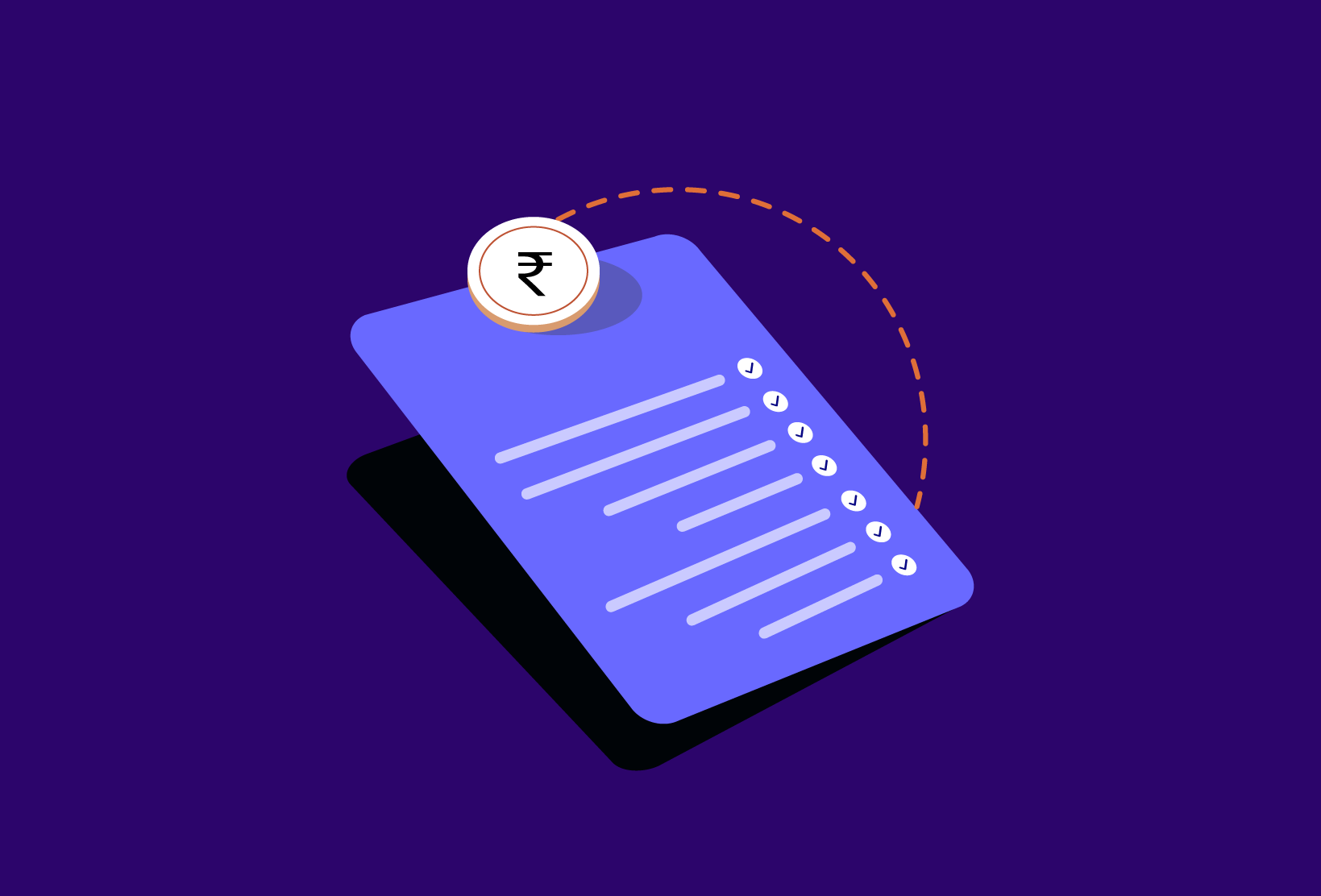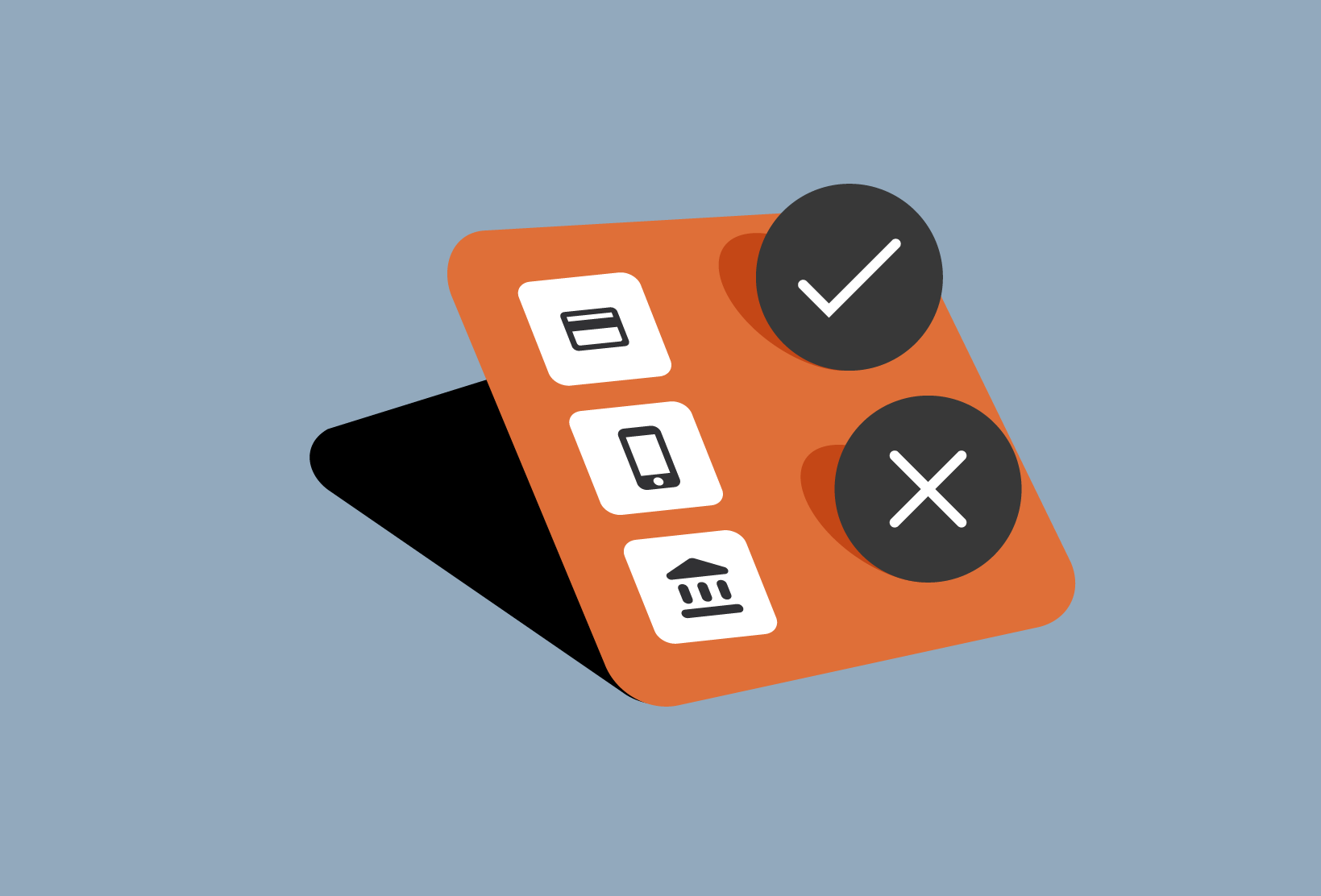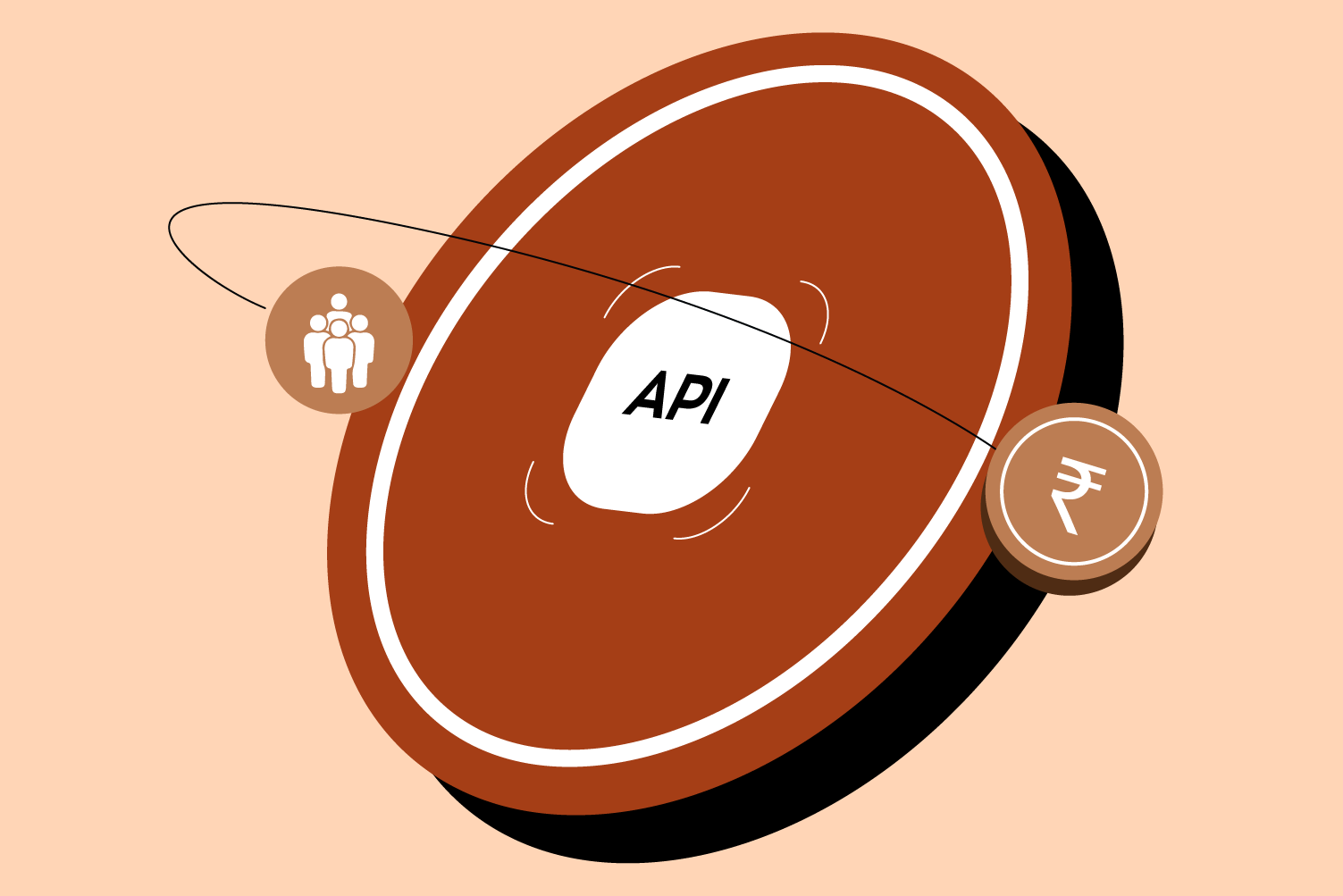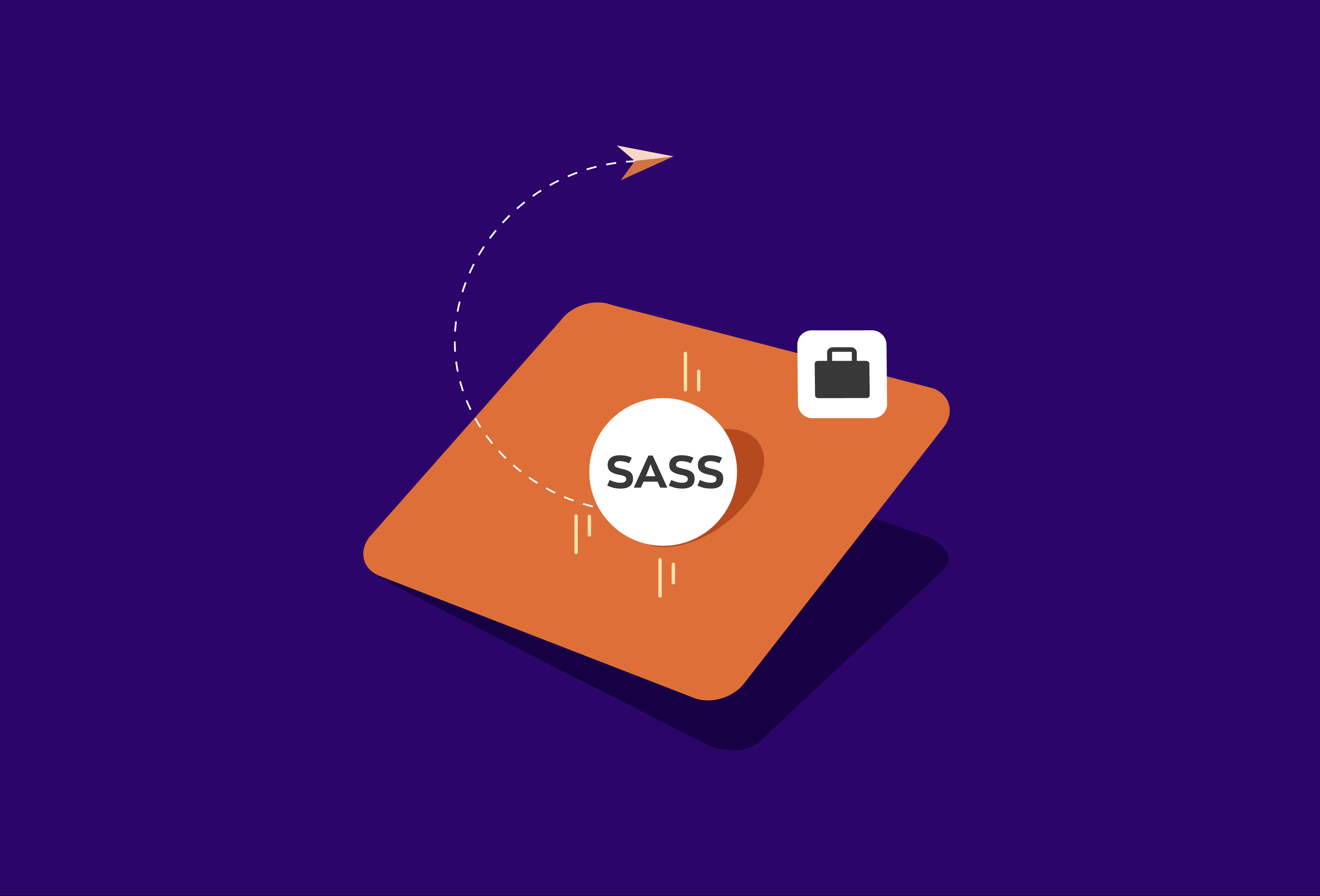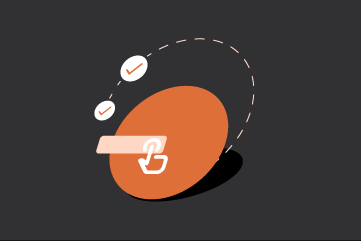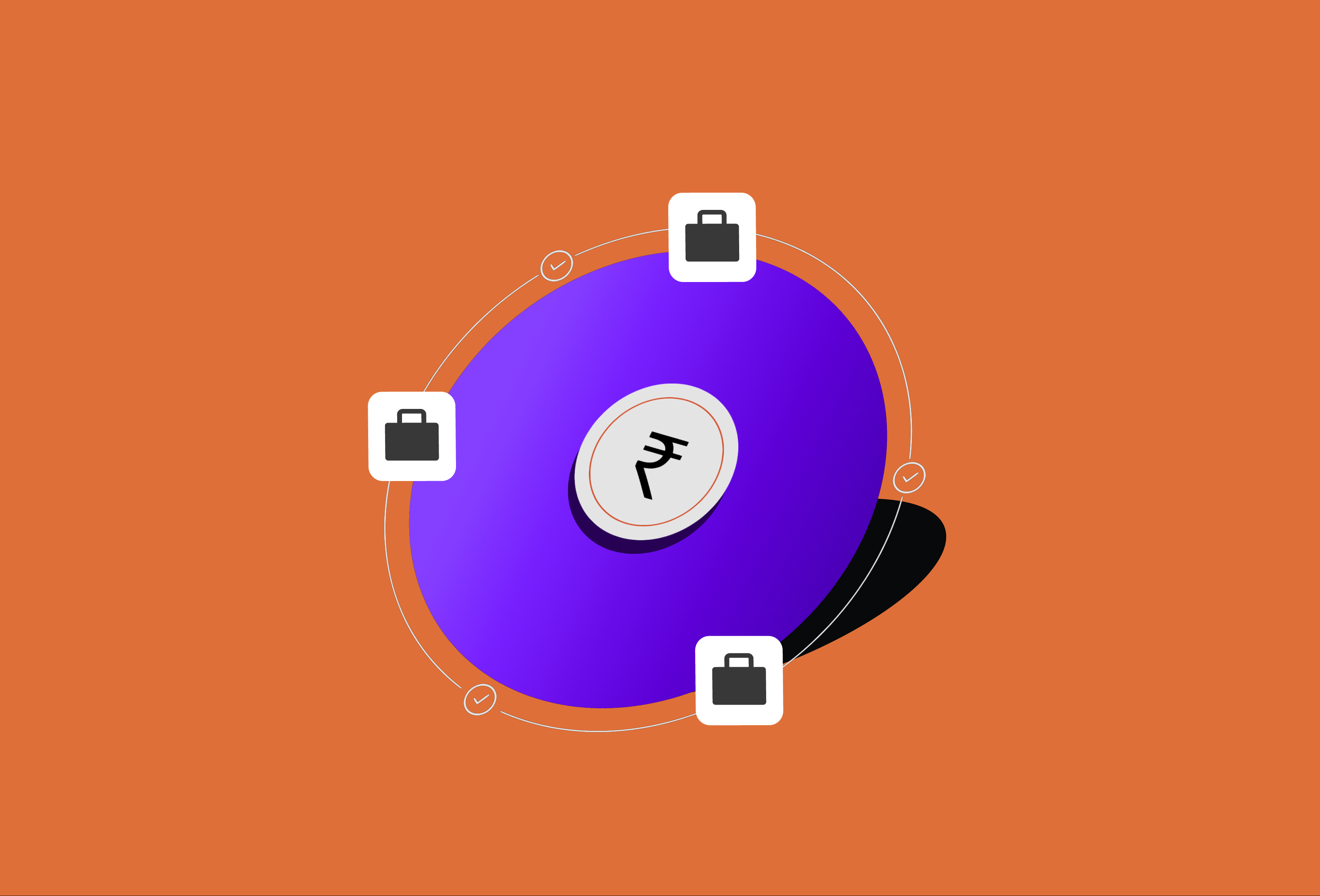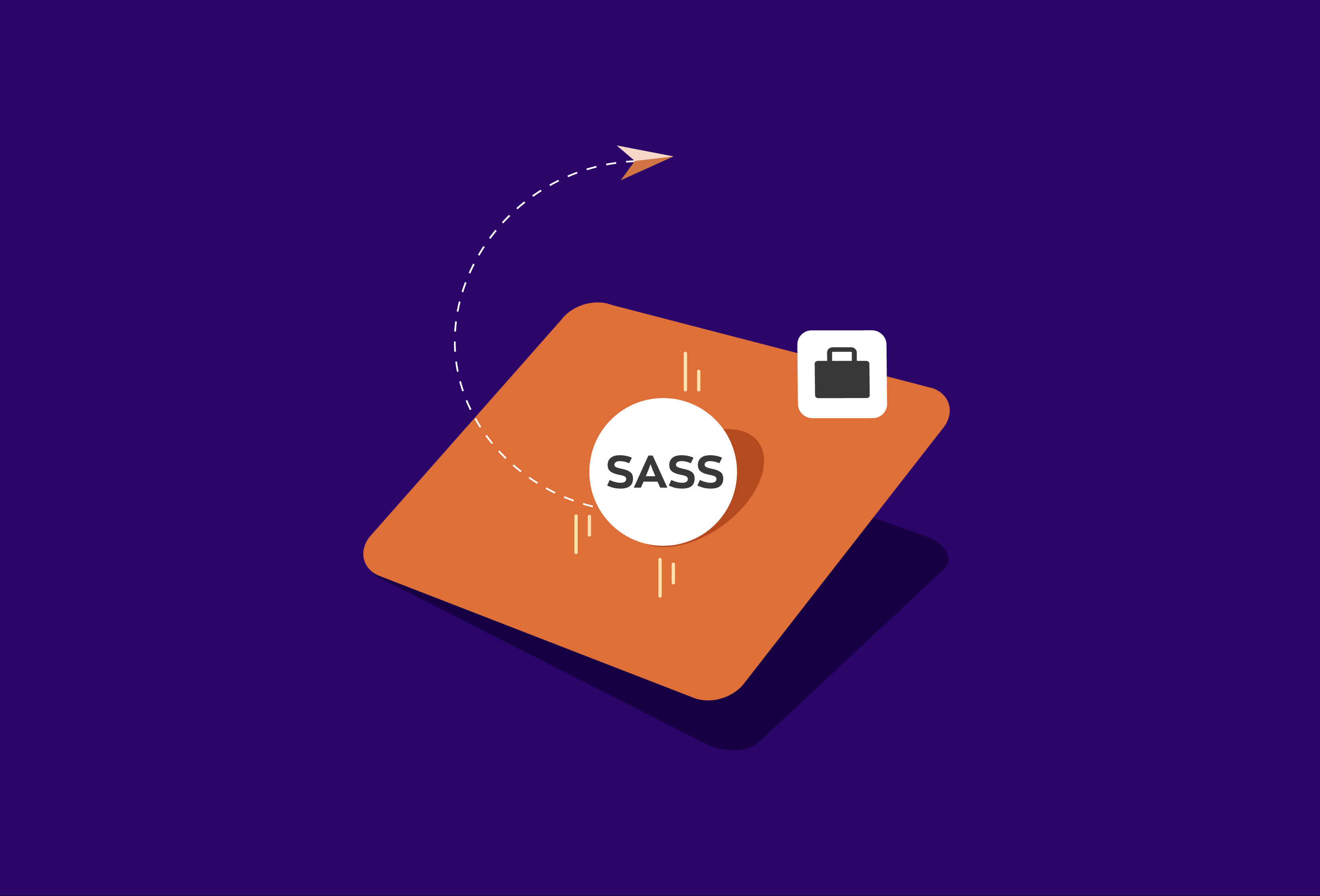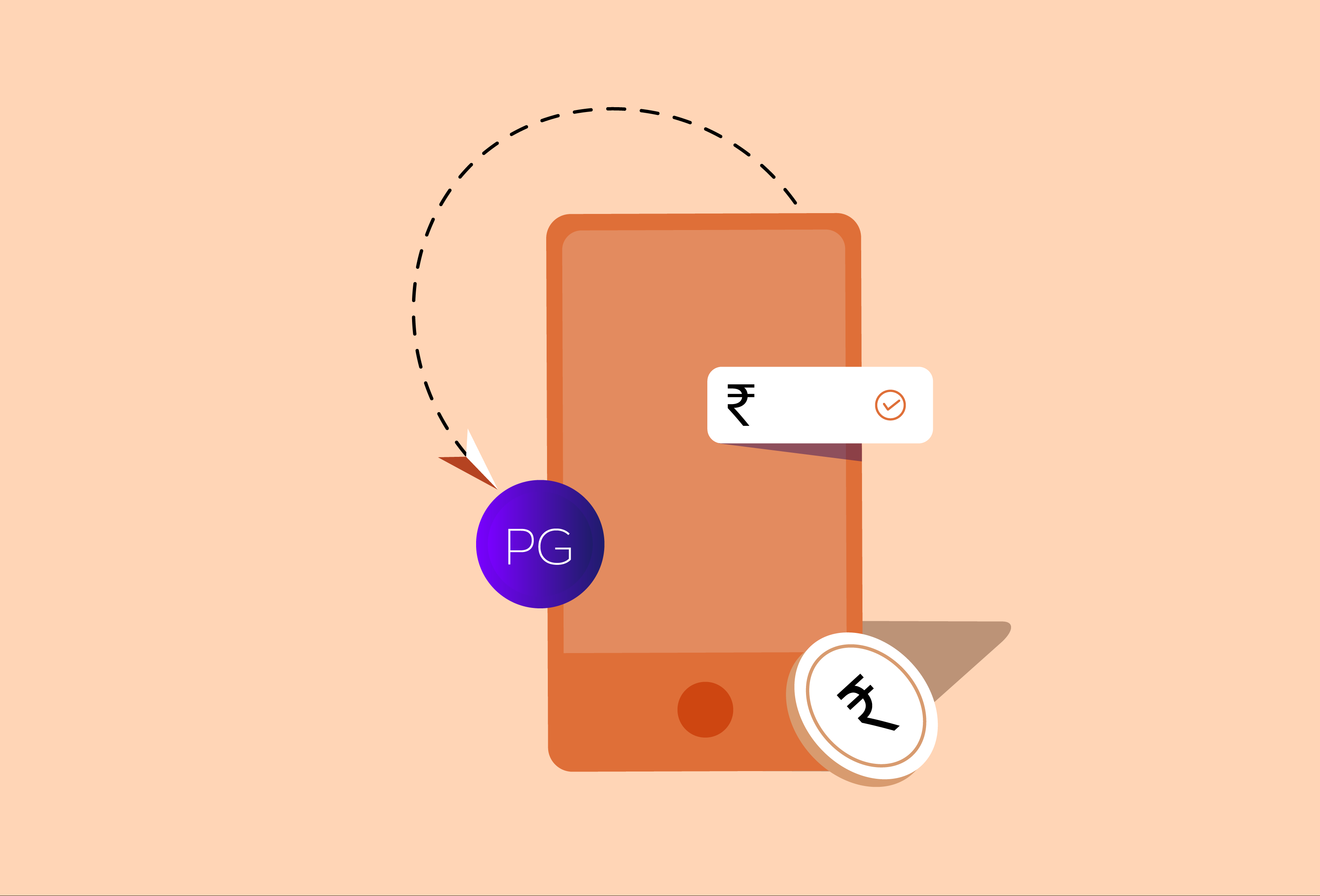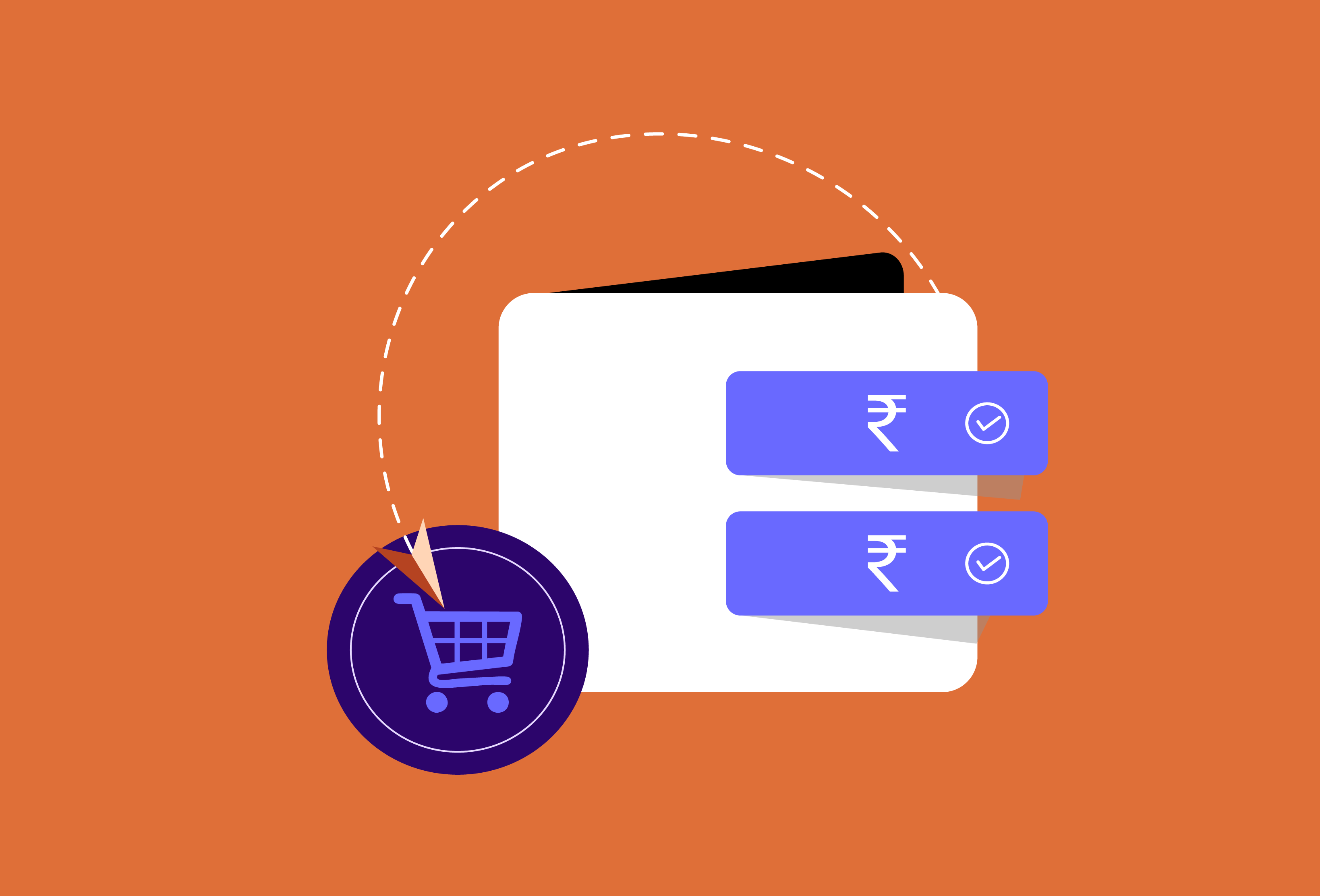Every business, whether small or large, depends on steady cash flow to run smoothly. Salaries, rent, supplier payments, and operational costs all rely on a continuous stream of income. Yet, many businesses face delays because customers either forget to make payments or find manual transfers inconvenient. This leads to irregular cash flow and wasted time in follow-ups.
One solution that is becoming increasingly popular is recurring billing. By automating the collection of payments, businesses not only secure predictable revenue but also reduce the effort spent on chasing overdue invoices.
What is Recurring Billing?
Recurring billing is a payment model where customers authorize a business to deduct charges automatically at regular intervals. This could be monthly, quarterly, or annually, depending on the service or product being offered.
Unlike one-time invoicing, recurring billing ensures that payments continue without the need for reminders or manual intervention. Subscriptions to online streaming platforms, gym memberships, internet services, and SaaS products are some of the most common examples of this model.
In simple terms, once customers agree to recurring billing, their payments are scheduled in advance and processed automatically, which brings predictability for businesses and convenience for customers.
How Automated Payments Work
A recurring payment system for businesses is straightforward in its functioning, but behind the scenes, it is powered by secure technology. The process typically works as follows:
- Customer Authorization: The customer signs up and gives permission for regular deductions from their bank account, debit card, credit card, or UPI mandate.
- Scheduled Billing: The billing platform records the billing cycle and initiates charges at the specified intervals.
- Automatic Deduction: On the due date, the payment is automatically collected without requiring manual effort from the customer.
- Confirmation and Records: Both the business and the customer receive confirmation of the transaction, making it easy to track.
Businesses usually rely on billing platforms, payment gateways, or APIs that support recurring billing to manage this process securely and efficiently.
Why Businesses are Switching to Recurring Billing
There are several reasons why recurring billing has become a preferred choice for many businesses:
- Predictable Cash Flow: Regular payments reduce uncertainty, providing businesses with a clearer view of their monthly or annual revenue.
- Reduced Manual Work: Traditional invoicing requires constant reminders and follow-ups. Automation saves both time and administrative effort.
- Convenience for Customers: Customers appreciate not having to remember due dates or go through repeated payment steps.
- Scalability: A recurring payment system for businesses can easily handle growth, whether a company has ten customers or ten thousand.
These advantages explain why recurring billing is no longer limited to large corporations but is also being adopted by smaller businesses and independent service providers.
Benefits Beyond Just Cash Flow
While the most obvious benefit of recurring billing is stable revenue, it offers much more to businesses:
- Customer Retention: Automated billing reduces friction, which encourages customers to stay longer with a service.
- Fewer Errors and Disputes: Manual invoicing can lead to mistakes in amounts or due dates. Automated systems eliminate such risks.
- Time for Growth: With less time spent on collections, business owners and finance teams can focus on scaling their operations.
- Professionalism: Customers view businesses that use structured payment systems as more reliable and trustworthy.
When combined, these benefits of recurring payments make automation an investment in long-term stability rather than just a tool for collection.
Setting Up Automated Recurring Billing
Introducing recurring billing into a business requires careful planning. Here are some important steps:
- Choose the Right Billing Platform: Select a platform or payment gateway that supports recurring billing, integrates well with your existing systems, and is recognized for secure transactions.
- Ensure Compliance and Security: Data security and compliance with financial regulations are critical. Businesses must assure customers that their information is safe.
- Communicate with Customers: Transparency about the billing amount, cycle, and cancellation policy builds trust and reduces complaints.
- Offer Flexible Plans: Monthly, quarterly, or annual options allow customers to choose what works best for them. Flexibility often improves sign-ups.
With these steps, businesses can adopt recurring billing smoothly without confusing customers or overhauling their existing systems completely.
Best Practices for Smooth Recurring Payments
To make recurring billing truly effective, businesses should follow certain best practices:
- Clear Cancellation Options: Customers should feel in control. Easy cancellation reduces resistance to signing up.
- Pre-Billing Reminders: Sending reminders before deductions builds transparency and avoids surprises.
- Handle Failed Payments: Sometimes, payments fail due to expired cards or insufficient funds. Setting up automatic retries helps maintain continuity.
- Transparent Pricing: Customers should know exactly what they are paying for. Hidden charges can damage trust and lead to disputes.
These practices not only simplify billing but also strengthen customer relationships in the long run.
Conclusion: Simplify to Grow
Recurring billing is no longer just a feature for large companies with thousands of customers. It has become a practical solution for businesses of all sizes that want to secure predictable revenue and deliver convenience to their customers.
By reducing manual work, improving customer experience, and ensuring steady cash flow, recurring billing directly supports growth. The benefits of recurring payments go beyond financial stability and help businesses build trust and long-term relationships.
For businesses still relying on manual invoicing and follow-ups, adopting a recurring billing system can be the step that simplifies operations and unlocks new opportunities.


